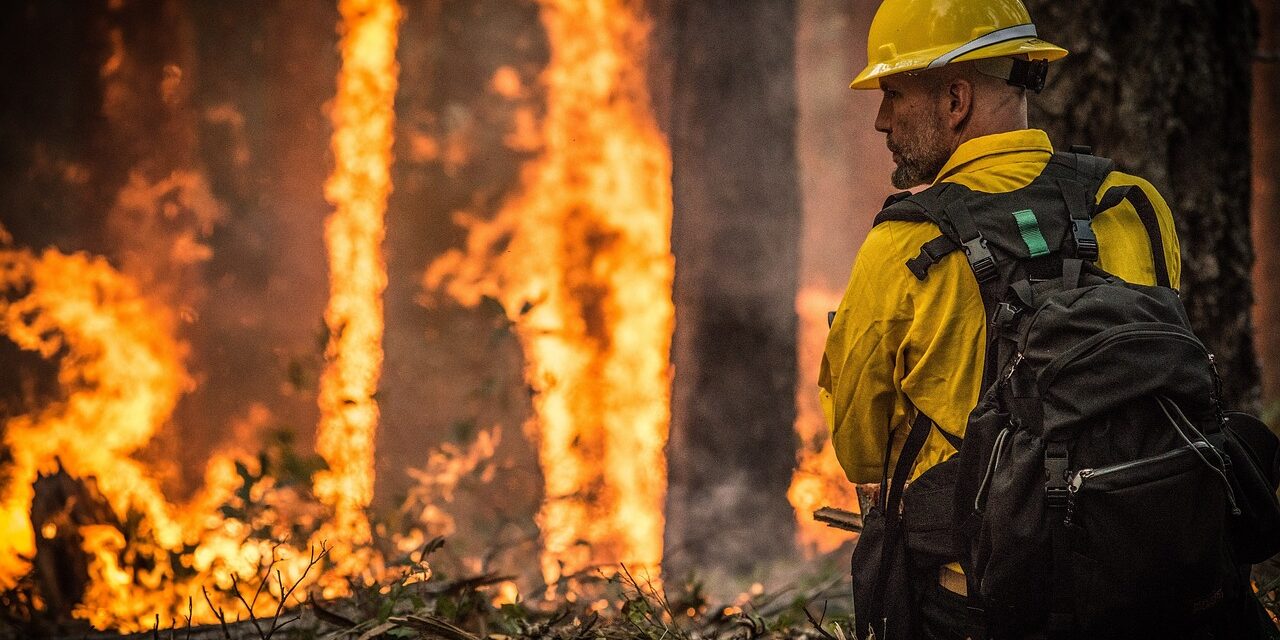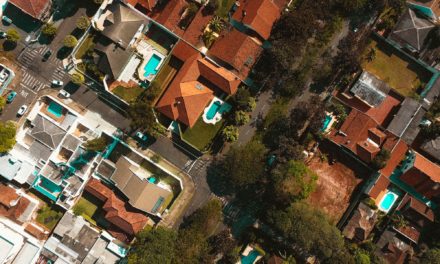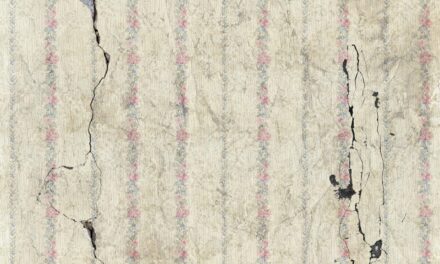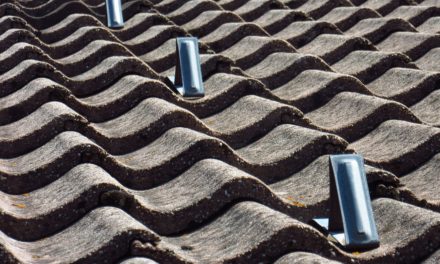Wildfires can happen anywhere, but they are a particular risk in the Western and Southwestern states, such as Arizona, California, and Texas. When a wildfire sparks, professional firefighters will do all they can to keep residents and buildings safe from the flames. Unfortunately, millions of acres burn, thousands of buildings are destroyed, and dozens of people lose their lives to wildfires each year. While there is no foolproof way to completely prevent a wildfire from destroying your home, there are certain steps you can take to mitigate the risk. One of the most important steps is to use fire-retardant building materials. View the video below and read through this blog to learn more.
Apply sprayed cork to your home.
Trees are natural fuel for wildfires, yet certain species of trees have a remarkable ability to inhibit the spread of flames. In particular, the cork oak tree is known to withstand fire well, thanks to the natural properties of its outer bark. For centuries, humans have harvested this outer layer of bark and used it to produce all sorts of cork products, like wine stoppers. In recent years, people in Europe and the U.S. have also been applying sprayed cork to their homes as a protective layer.
Cork meets the European Class E designation for fire resistance, without the need for the spraying of additional fire retardant chemicals. This means that a piece of cork boardstock insulation that is 40 mm thick will resist burning for 60 to 90 minutes when held directly over a torch. Compare that to expanded or extruded polystyrene, which will burn after just 10 seconds.
You can have sprayed cork applied to your roof, exterior walls, and interior walls. It can be applied directly over the existing building materials. As an added bonus, a layer of sprayed cork will also reduce your energy costs by inhibiting thermal transfer. This will help to keep your home cooler in the summer and warmer in the winter.
Install tempered glass on all exterior walls.
Dual-pane, tempered glass is the window of choice for buildings in wildfire-prone areas. They provide superior protection against embers that may float on the wind, as well as direct flames. Ordinary windows tend to break after just a minute or two of exposure to flames and intense heat. This means the flames will then have easy access to the interior of the home. Remember that even if you replace your windows with dual-pane, tempered windows, they can’t protect your home if they are left open. If you need to evacuate ahead of a wildfire, make sure all of your windows are closed.
Check other openings.
Your home likely has exterior vent openings. These can provide possible entry points for stray embers. Cover these openings with 1/8-inch hardware cloth. Then, keep looking for other possible openings. A common example is a cat or doggy door. You’ll need to make sure these are sealed in the event that you have to evacuate.
Create a defense zone around your home.
Fire needs fuel to burn. If you remove its potential fuel sources, a wildfire will have a harder time destroying your home. Begin creating a defensible zone around your home. It’s best to remove all fuel sources within 30 feet for the average home, 50 feet for homes in a heavily forested area, or 100 feet for homes located on a hillside or anywhere in California.
To create the defensible zone, remove all sickly, dying, or dead trees and shrubs. Clear your roof, gutters, and eaves of leaves and other organic debris. Stack firewood well away from your home. Avoid connecting wooden fencing directly to the building. Keep your trees and shrubs well-pruned, and keep the ground clear of leaves, grass trimmings, and pine needles. If your home has a propane tank, it shouldn’t be within the defensible zone.
Follow the five-foot rule.
In addition to creating a generous defensible zone around your home, you can take stricter measures to guard the five-foot perimeter around the structure. Homeowners often locate flower beds close to the home’s foundation. However, within this zone, it’s best to avoid the use of organic mulch altogether. Instead, use non-flammable gravel or stone mulch products. Keep the greenery well-trimmed. Immediately remove plants that appear sickly or dead. Keep all greenery within this zone well-watered to improve its resiliency. In addition, it’s best to avoid growing plants that contain a high concentration of oils and resins within this zone. Two examples include juniper and pine.
Safeguard your deck.
Stone patios are preferred in wildfire-prone areas like California and Arizona. However, many homeowners like the look of natural wooden decks. If your home has a deck, you can manage the risk by regularly clearing out dead vegetation from underneath and around it. You can also have the deck coated with sprayed cork. Sprayed cork will naturally protect the deck from flames and stray embers. Plus, it provides a non-slip, walkable surface that can allow your family to get more enjoyment from the outdoor space.
At ThermaShield, we believe in helping homeowners and business owners improve their carbon footprints while simultaneously protecting their buildings from hazards, such as fire and water damage. Our sprayed cork materials may be applied to the roof, floors, and exterior and interior walls to protect your building from fire hazards. We offer professional application services in select areas of Arizona, California, and Texas. Plus, our sprayed cork products can be purchased from anywhere in the United States. If you have any questions, you can contact us online or call (520) 600-8722.






Recent Comments